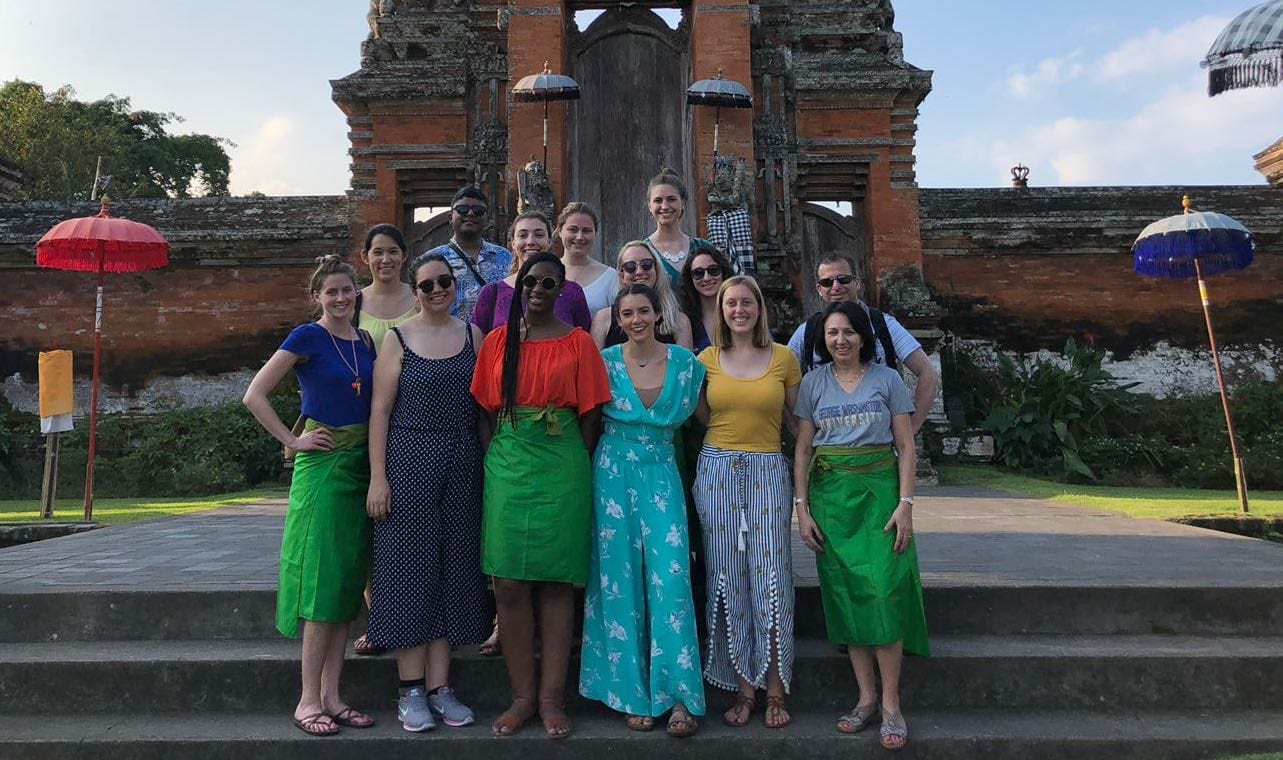Before I reflect on my experience with the course, I would like to add some background on what drove me to pursue this program. I came into Business and the State with over ten years of experience in the public and nonprofit sector, specializing in outreach and advocacy in the environmental field. What I thought constituted “public private partnerships” drew from my personal experience working networks of government agencies, nonprofit partners, and corporate sponsors tackling environmental concerns. While I did oversee government contracts as a program manager, I did not have extensive expertise in P3s or compliance. As such, I wanted to know more about the theory behind privatization and how to create a successful P3 contract structure, as government agencies overseeing environmental concerns are continuing to be downsized and services outsourced to the private sector. While at some points I was a bit overwhelmed by the theory behind privatization and P3s, I’m thrilled to say this course and my experience in London has changed my life in ways I could never imagine, and has inspired me to think more broadly about what I wish to accomplish with my career.
Preparation for London
Leading up to London, the course readings and presentations delved deeply into the theory of privatization, nationalization and P3s. I found the early readings to be quite dense, which may speak more to my lack of familiarity with the theoretical and technical aspects of privatization and nationalization. GW Professor John Forrer’s presentation, while interesting, left me feeling as though I needed take a separate beginners course solely on P3s and contracting in order to grasp the components P3/PFI contracts and how they provide value. While we were fortunate to have Ed Courtemanch from Amtrak present to the group, I wish we could’ve benefitted from his input before we traveled to London so I could compare his overview of rail services in the U.S. to Transport for London.
Getting My Bearings in Blighty
From a logistics standpoint, I found the flow of the week’s activities in London to be well executed. Our tour with Anne-Marie Walker on Sunday was a fantastic opportunity for the class to get to know each other while adjusting to our new surroundings and recovering from jet lag. The lodgings were in a supreme location and our site visits to Winchester and Cambridge were delightful breaks from the city. The theatre was a fantastic extracurricular activity. Group dynamics can make or break an experience like this, and I was fortunate to be in the company of eleven classmates who were open to sharing their unique skills and expertise in an effort to help me fully grasp course content. I believe I came away from this experience learning a great deal about my classmates both personally and professionally. I left each day grateful for the opportunity to participate in this program.
Speaker Impressions in the Wake of the Snap Election
My experience at Parliament was by far the highlight of the trip. It’s an understatement to say that our site visits to London fell at a very unique time in British politics, and I think the recent snap election results should be taken into consideration as we continue learning about the impacts of privatization on both business and society. Jeremy Corbyn’s Labour Party upset resulted in a hung parliament, but the ramifications were much more profound in application to our course. I wish I had more time to analyze Labour’s new manifesto, especially its commitment to nationalize multiple industries-a direct rebuke to previous neoliberal efforts to push privatization and P3s as solutions successful alternatives to previously ‘failing’ industries under state control. While our course readings on U.K. government efforts at reform through privatization were informative, I found listening to Sonia Klein, Strategist for CMS Global and Manzila Pola Uddin, Baroness Uddin, Privy Council (PC) an incredible opportunity to hear how Tory privatization efforts contributed to yet another surprising election result. Admittedly, both Klein and Uddin are Labour representatives, so their interpretations reflect specific political values, but I personally welcomed their contribution. I would especially like to thank the program for scheduling two speakers who are both political change makers and women of color. Their views and personal experiences in politics were welcome, and I’m grateful to GW for providing the platform for both women to add their insight into the human impact of many of these policies and reforms. This was highlighted in the conversation surrounding the Grenfell Towers tragedy, as the devastating fire highlighted longstanding social and political tensions around local councils outsourcing management of their public housing to private contractors through PFIs, and the now tragic impact on residents in estates like Grenfell.
My experience at Tullow Oil was another highlight. Our conversation with Sandy Stash, Executive Vice President - Safety, Operations, Engineering, and External Affairs for Tullow, was engaging and informative. I walked away with a newfound appreciation for her background and work at Tullow. Coming from a background in environmental advocacy and engagement, I appreciated her candor in claiming some of Tullow’s more challenging issues are the “softer issues” including how experts in a technical field like engineering can engage will local constituents in the countries they wish to do business. As someone who has worked with communities impacted by mineral extraction, communication between stakeholders, government and private firms is a continued source of tension, and requires a level of empathy and patience that is hard to maintain. Stash affirmed that this focus on softer issues is especially important as Tullow emphasizes transparency in its payments, contracts and beneficial ownership. Stash also described Tullow’s mitigation process, which is more challenging onshore due to various social factors. Again, I appreciated her forthright reflections on her experience as a woman working as an engineer in the oil industry.
Advocating Nationalization to Business School Students - What Could Go Wrong?
I want to give a special shout out to Cat Hobbs and share how much I enjoyed the overview of her campaign We Own It. Presenting an organization dedicated to nationalizing industries to a group of American business school students was no small feat, but I found Hobbs’s personal story interesting, and her presentation spurred some lively debate I believe the group enjoyed. I particularly liked the informal nature and free flow of group discussion after her presentation. Hobbs comes from an advocacy background like me, and her presentation resonated with me is because I have found myself presenting similar content to representatives from both the public and private sector with varying degrees of success. I thought Hobbs was a good sport and look forward to checking on We Own It’s future efforts.
I’m still processing everything I’ve learned from my experience in London and the course as a whole. I returned to the U.S. with a new realization that I need to continue expanding my scope of reference by visiting other countries and learning more about their approach to cross sector collaboration.













